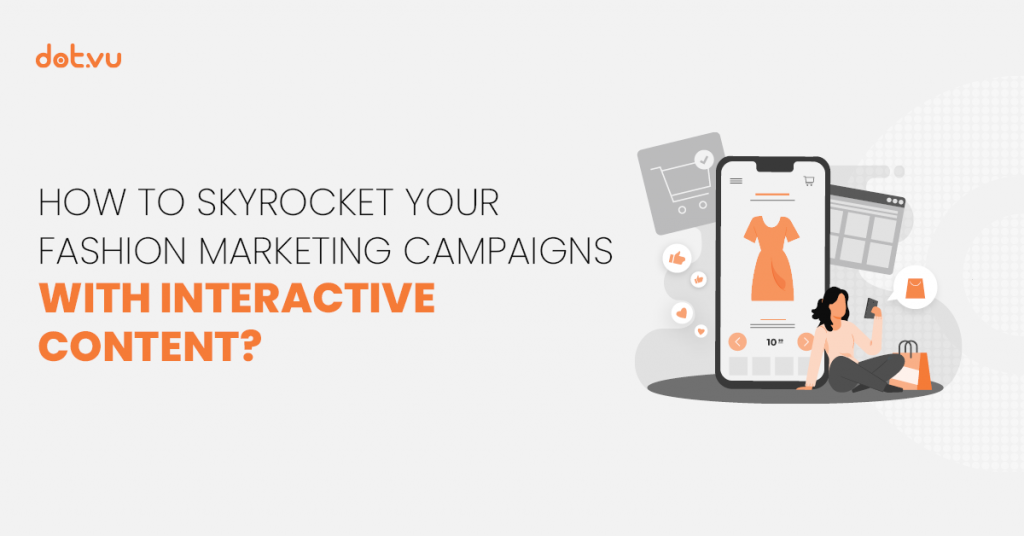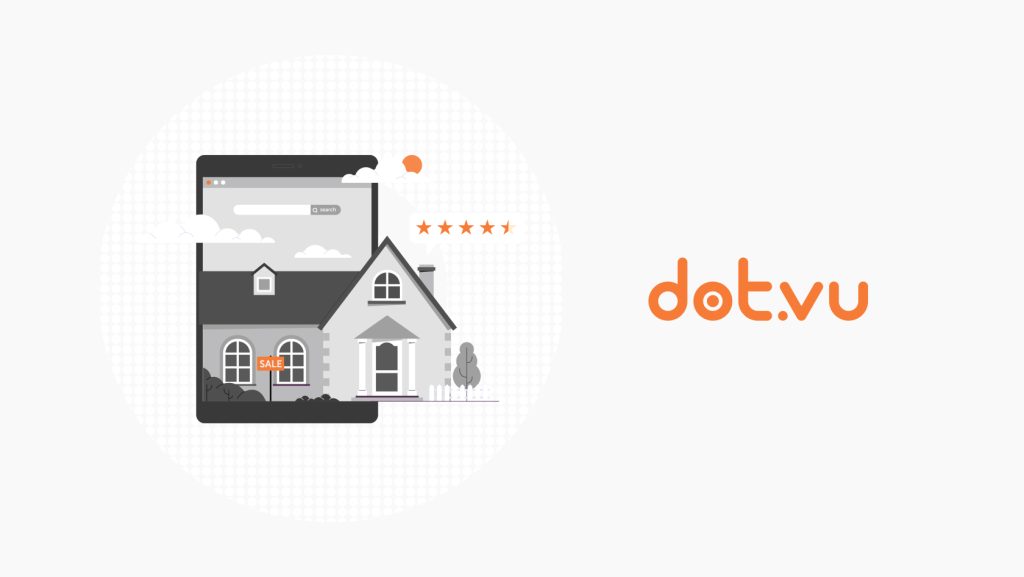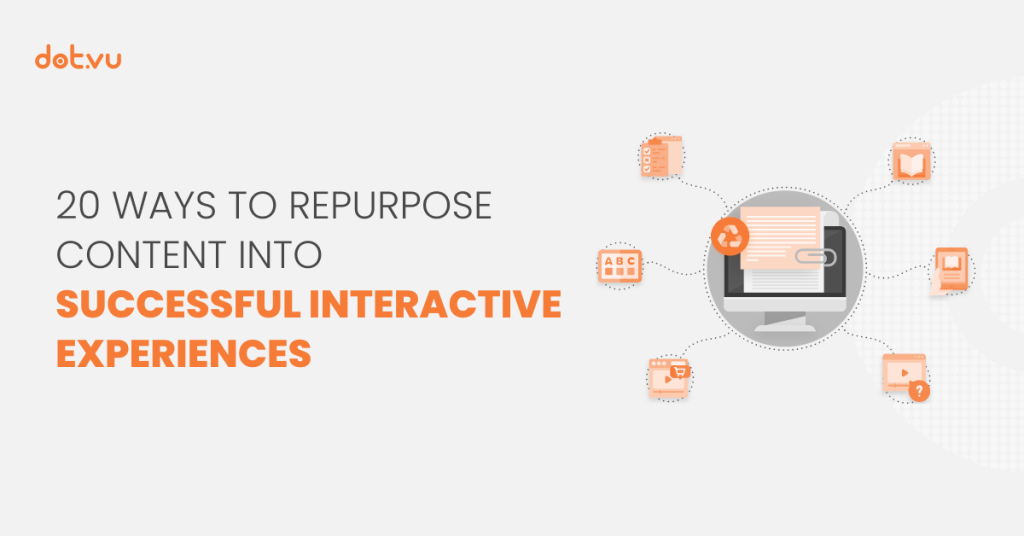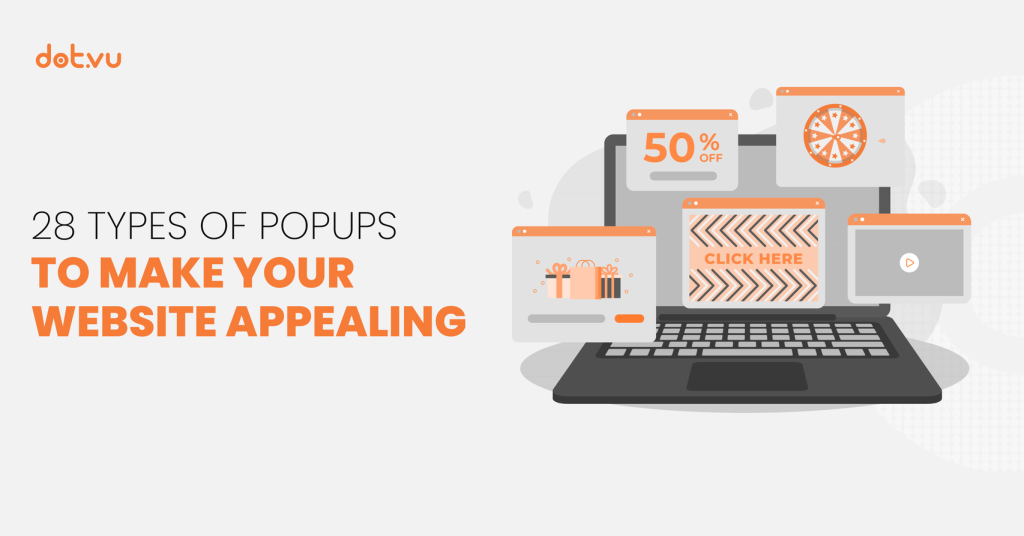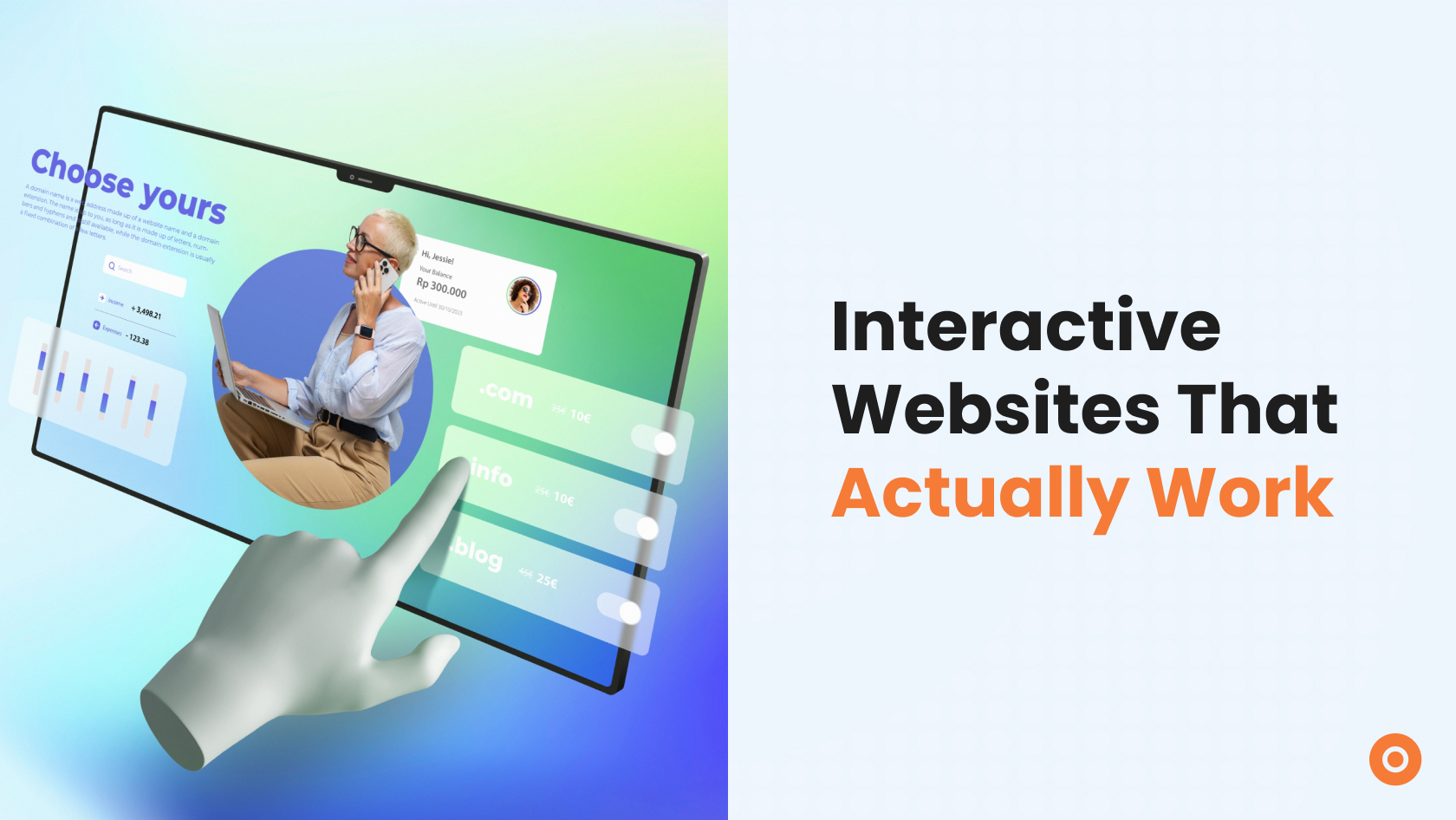
Be honest, have you ever clicked on a website, saw a wall of text, and bounced in five seconds? Yeah, same. That’s the problem with old-school static sites: they just sit there.
Now think about sites that do something when you click, scroll, or type. A button changes colour. A quiz tells you which dog breed matches your personality. A map zooms in right where you need it. That’s the magic of interactive websites—they pull you in and make the experience way more fun.
And the numbers back it up: Interactive Content gets 2x more engagement than static content, and can cut bounce rates dramatically.
What Is an Interactive Website?
An interactive website is basically bringing your website to life instead of just throwing text and images at your audience. It reacts when you do something like clicking, scrolling, or even hovering. That “response” (no matter how small) is what makes users want to stick around. And when you combine that with website personalization strategies that adapt to your visitors in real-time, it shows that you’re paying attention to your audience.
Think about the difference between flipping through a magazine and using an app on your phone. One is passive; the other feels tailored to you. An interactive website takes the app-style experience and puts it right into your browser.
Some of the most common interactive elements include:
- Hover animations – a button that changes colour or wiggles when your cursor hits it.
- Scroll telling effects – graphics or text that animate as you move down the page, almost like the site is revealing a story step by step.
- Quizzes and polls – they give instant, personalized results (and let’s be honest, we all love finding out what “type” we are).
- Interactive maps and filters – super useful for shopping sites, travel platforms, or anything where you need to explore options.
- Adaptive forms – smart forms that adjust based on what you’re filling in, instead of dumping 30 questions on you at once.
This kind of dynamic behaviour is exactly what dynamic content is all about. It always changes based on who’s interacting with it which makes every click feel personal for the user. So, when you put all these together, you get a website that feels like it’s paying attention. And that’s the key: interactivity makes users feel seen.
Interactive vs. Passive Websites
Okay, so what really separates an interactive site from a passive one? Let’s break it down with a little more detail.
- Passive websites: These are like online posters. You open them, read some info, and leave. They don’t change or react based on what you do. Think of your old high school’s website—probably full of text, static images, and maybe a contact page that hasn’t been updated in years. Useful? Sure. Memorable? Not really.
- Interactive websites: These are designed to keep you engaged. The more you interact, click, scroll, tap, the more the site responds. That two-way energy makes it way more fun to use (and way harder to bounce from). A good example? Shopping online with a live filter system that updates results in real time. You adjust a slider; the page instantly changes. That’s interactivity at work.
Most people won’t remember a passive website five minutes later. But an interactive one? That’s the type of site you screenshot, share with a friend, or bookmark for later. And if you’re trying to build any kind of brand recognition, that’s a massive red flag. Brand awareness strategies work best when paired with interactive, memorable experiences.
Related: Why Static Content Isn’t Enough Anymore (and What to Do Instead)
Why Interactive Websites Are Worth It
So why should you put in the extra work (and budget) to make your site interactive? Because the payoff is huge. Here’s why:
They keep people around longer. Attention spans are short. If your site gives people something to do, they’re less likely to bounce. Interactive websites can boost time-on-site by up to 50%, and bounce rates drop when users are actually doing stuff, not just skimming.
They boost conversions. A boring signup form feels like homework. A fun quiz that ends with “drop your email for your results”? That’s way easier. One study showed that interactive product demos increased conversions by a jaw-dropping 7.9x!
They make brands unforgettable. You might forget a plain info page, but you’ll definitely remember the site that let you design your dream sneaker or test your music taste. 91% of users prefer visual and Interactive Content. That means more clicks, more shares, and more people remembering your brand.
They give you valuable insights. Interactive content often doubles as data collection (done ethically). A poll, survey, or customizable feature teaches you more about your users without making them feel pressured…and those insights are the building blocks of customer loyalty and retention especially when the content responds to the user.
Basically, interactive websites don’t just look modern, but they perform better. They turn your site from a static brochure into an actual experience…but wrap it in a direct-response approach like this, and suddenly you’ve got a tool built for action.
How to Make an Interactive Website
Okay, so how do you actually pull this off without turning your site into a circus? Here are some easy steps:
- Start small. Add hover effects, animated buttons, or expandable menus.
- Add Interactive Content. Quizzes, polls, and sliders are always crowd-pleasers.
- Use animations sparingly. A subtle scroll effect? Nice. Fireworks on every click? Too much.
- Think mobile first. If it’s broken on a phone, it’s broken.
- Test everything. Check how your features run on different browsers and devices.
All of this ties into the bigger picture of digital experience management.
Types of Interactive Experiences You Can Add to Your Website
You don’t need a giant budget or a full design squad to make your website more fun. Adding even one or two Interactive Experiences can take your site from “meh” to “omg send me the link.” Here are some of the best ones to try:
Interactive Videos
Regular videos? Cool. Interactive videos? Iconic. Instead of just watching passively, your audience can click, choose paths, or answer questions mid-video. Imagine a product demo where viewers can pick what feature they want to see next, or a tutorial that adapts based on the answers they give. It feels more like Netflix meets a choose-your-own-adventure game.
Interactive Popups
Hear me out—popups don’t have to be annoying. Instead of blasting people with “SIGN UP NOW!!!,” make them fun. Try having spin the wheel for a discount, or a quick two-question quiz that ends with a personalized recommendation. Done right, Interactive Popups can feel like a bonus, not an interruption.
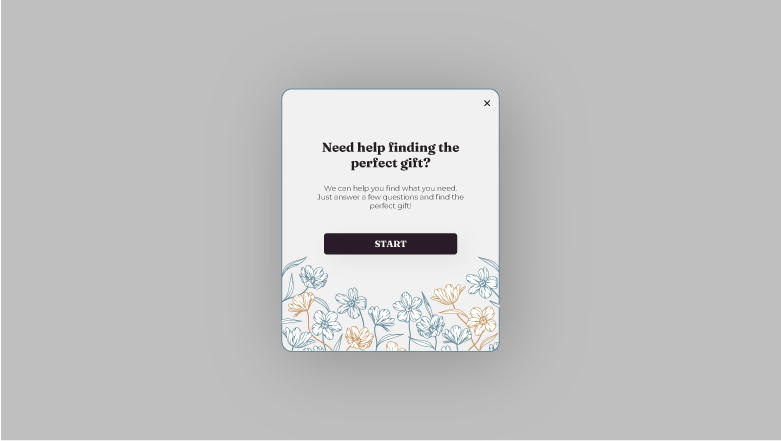
Marketing Games
If you’ve ever wasted 20 minutes on a silly game, you already know why these work. Marketing Games keep people engaged while tying the fun back to your brand. If you have a retail store, you can launch a “style matching” game, or if you own a food brand, you could run a “build your perfect burger” challenge. People play, laugh, and (bonus!) remember your brand.
Want people to stick around longer? Make your site fun. Here’s a breakdown of different types of marketing games that prove a little play goes a long way when it comes to engagement.
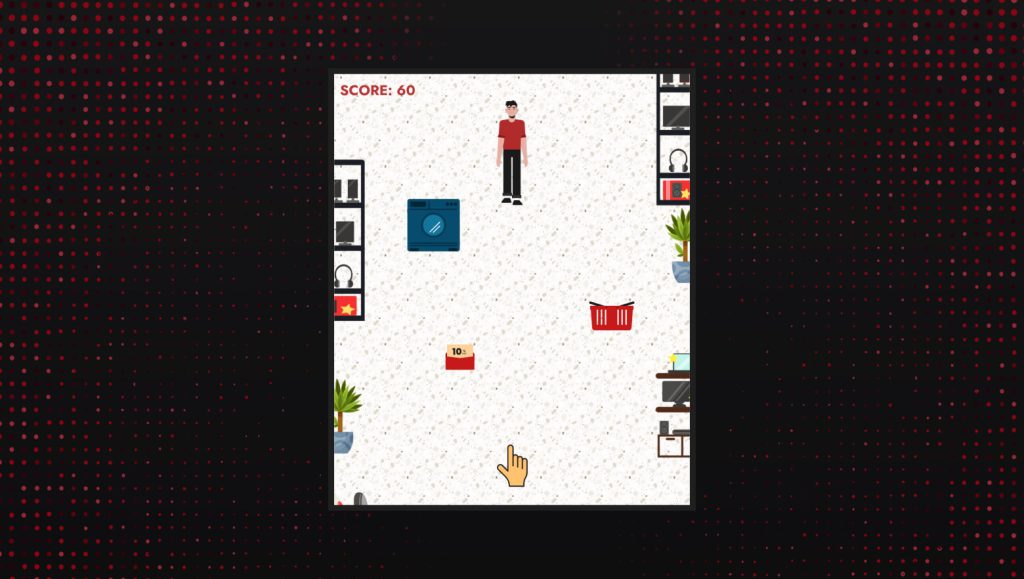
Interactive Virtual Tours
These are perfect for hotels, real estate, universities or honestly, any place that’s cooler when you see it. Instead of scrolling through flat photos, visitors can click their way through an Interactive Virtual Tour, zoom in on details, and explore at their own pace. It’s like Google Street View but way more aesthetic.
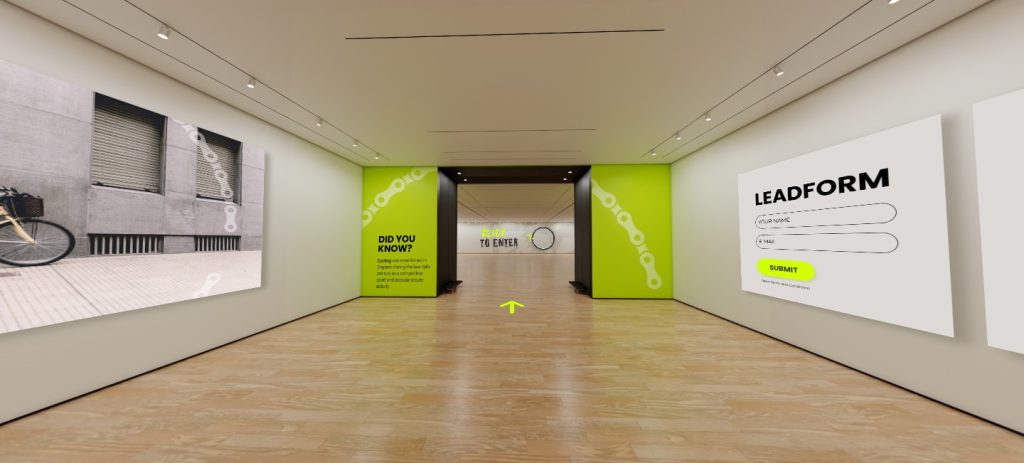
Interactive Presentations
Nobody—and I mean nobody—gets excited about sitting through a static slideshow. But make it interactive? Now you’ve got something people can click through, explore, and even customize. Businesses use these for pitches and webinars, but they’re also great for schools and creative portfolios. If you’re stuck staring at your slides thinking, how can you make it less boring—here’s 10 creative presentation ideas that’ll help you glow up your deck.
Interactive Website Examples That Work
Sometimes the best way to understand the power of interactive websites is to see them in action. These brands are proof that when you add the right interactive elements, you can turn a simple website visit into a full-on experience. The best part is that this stuff works. Marketers who use interactive content report 2x more conversions and higher engagement across the board.
Spotify Wrapped
Every December, Spotify drops its Spotify Wrapped campaign and the internet goes wild. It’s a personalized, interactive story about your music habits. The animations, slides, and sharable graphics make people want to post their results everywhere. It’s the perfect combo of data + design + interactivity, and it shows how interactive content can boost both engagement and brand loyalty.
Duolingo
Learning a new language is hard, but Duolingo makes it feel like a game. With streak counters, progress bars, interactive exercises, and that little green owl cheering (or guilt-tripping) you along, users keep coming back. This is interactivity done right: it makes a “boring” task addictive and even fun.
Google Arts & Culture
Museums can feel out of reach for most people, but Google brings them right to you. With virtual tours like “Which artwork looks like you?” quizzes, the site transforms cultural exploration into something playful and engaging. It’s a masterclass in how interactive content can make education more approachable.
Dot.vu
Unlike the other examples, Dot.vu isn’t a single campaign or brand site—it’s a full platform built specifically for interactive content. Businesses use it to create quizzes, Product Recommenders, Interactive Calculators, interactive Videos, and more, all without needing heavy coding skills. Want to launch a personality quiz for your audience? Or add a custom product configurator to your site? Dot.vu makes it possible. It’s basically the behind-the-scenes engine that lets smaller brands deliver the same kind of Interactive Experiences as giants like Spotify or Duolingo.
Make Your Website Do Something
Look, passive websites had their moment—back when attention spans were longer. If you want your audience to stick around, interact, and actually convert, your site needs to show some personality.
The good news? You don’t have to build it all from scratch.
We’ve got 300+ Interactive Content templates (quizzes, polls, games, calculators, you name it) ready to help you turn that basic site into a full-on experience.
So go ahead and start your free 14-day trial today and see how fun, effective, and ridiculously easy it is to create content people want to engage with!
